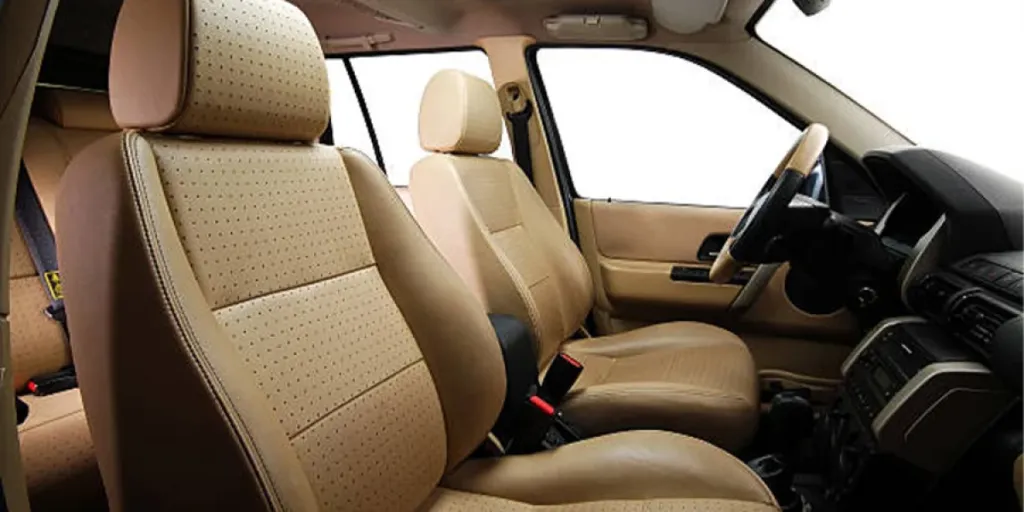Table of Contents
1. Introduction
2. Types of Bus Brakes and Their Applications
3. Market Overview: Bus Brakes in 2024
4. Key Considerations for Selecting Bus Brakes
5. Leading Bus Brake Models and Their Features
6. Conclusion
Introduction
Bus brakes are the cornerstone of safety and reliability in commercial transportation. Designed to manage the immense weight and high operational demands of buses, these systems play a critical role in ensuring smooth, controlled stops, even in challenging conditions. With the right brakes, fleets can achieve consistent performance, reduce maintenance costs, and enhance overall efficiency. Advanced braking technologies, such as air systems and high-performance brake pads, not only improve durability but also adapt to diverse operational environments. Choosing the appropriate braking solution is essential for maintaining passenger safety, optimizing vehicle performance, and minimizing downtime. Selecting well-suited products ensures that buses operate at peak efficiency while meeting rigorous safety standards.
Types of bus brakes and their applications
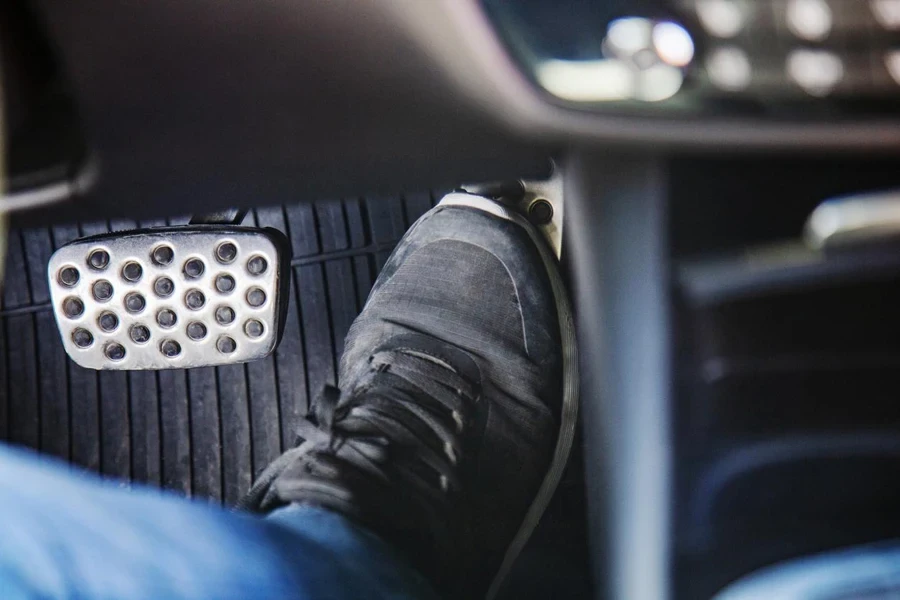
Air brakes and their role in heavy-duty transport
Air brakes are a staple in heavy-duty vehicles, including buses, due to their ability to handle substantial weight and high temperatures. These systems use compressed air to create the force necessary for stopping, ensuring consistent performance under demanding conditions. Unlike hydraulic brakes, air brakes are less prone to fluid leaks and offer fail-safe mechanisms that engage automatically in the event of pressure loss. This makes them particularly reliable for larger buses and long-haul applications. Their ability to maintain performance during prolonged or frequent stops enhances safety and reduces wear on other components.
Secondary engine brakes for enhanced safety
Secondary braking systems, such as engine brakes, are a critical supplement to primary braking mechanisms. These systems work by converting the engine into a resistance device, helping to slow the vehicle without engaging the primary brakes. This approach is especially advantageous in scenarios such as steep descents or prolonged braking, where the risk of overheating is high. By alleviating the strain on the main brake system, secondary brakes enhance overall vehicle safety and extend the lifespan of the primary components. Their role is indispensable in environments where added stopping power and reliability are paramount.
Material-specific brake pads: organic, semi-metallic, and ceramic
Brake pads are a key component of any braking system, and their material composition has a significant impact on performance. Organic brake pads, made from materials like rubber and resins, are quieter and generate less dust, but they may wear out quickly under heavy use. Semi-metallic pads, which combine metal fibers with fillers, provide superior durability and heat resistance, making them ideal for heavy-duty vehicles. However, they can produce more noise and cause increased wear on rotors. Ceramic brake pads, while more expensive, are highly durable and deliver consistent performance with minimal noise and dust production. Their long lifespan and reliability in varying conditions make them a preferred choice for many modern braking systems.
Market overview: bus brakes in 2024

Market statistics and projections
According to Future Market Insights, the global brake system market was estimated at USD 24.9 billion in 2024 and is expected to reach USD 42.3 billion by 2034, with a compound annual growth rate (CAGR) of 5.4%. This steady growth reflects rising demand for advanced braking systems and the growing commercial vehicle sector.
Asia-Pacific led the market in 2024, driven by rapid urbanization and expanded public transportation systems. North America and Europe also played significant roles, focusing on modernizing bus fleets with advanced technologies to improve safety and performance.
The commercial brake segment saw increasing adoption of technologies like electronic stability control (ESC) and anti-lock braking systems (ABS), enhancing vehicle compliance with safety regulations. These innovations created opportunities for manufacturers and suppliers to develop products that meet stringent industry standards.
Trends driving innovation in braking systems
Technological advancements continued to shape bus braking systems in 2024. Electronic braking systems (EBS) emerged as a key innovation, providing faster response times and improved control for enhanced safety and efficiency. Regenerative braking systems also gained prominence in electric and hybrid buses, allowing vehicles to recover energy during braking and extend their operational range while reducing energy consumption.
Eco-friendly materials became a priority, with manufacturers exploring sustainable options for brake pads and other components. These efforts aligned with global goals to reduce carbon emissions and comply with stricter environmental regulations without compromising product performance. Such trends highlight the industry’s focus on sustainability and technological advancement.
Key considerations for selecting bus brakes
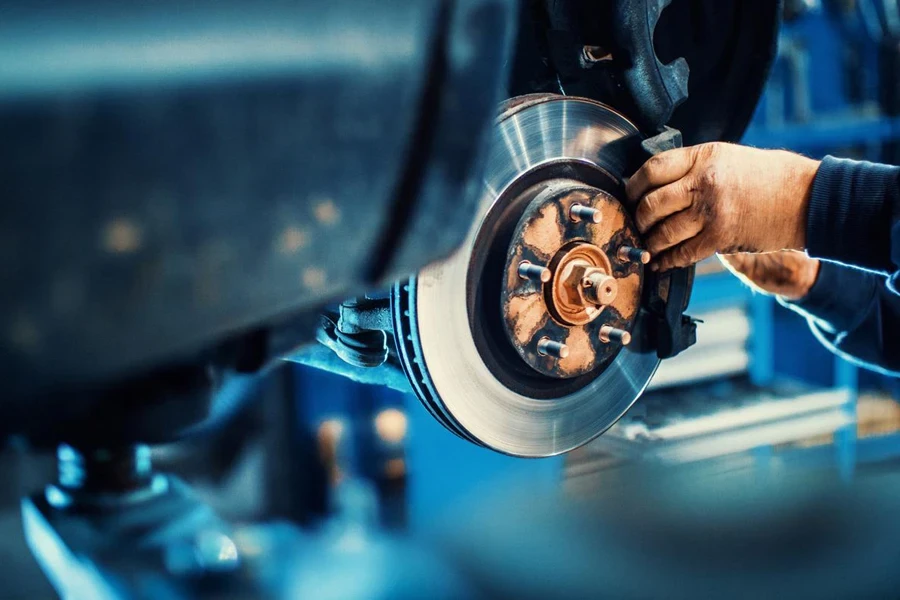
Evaluating compatibility with vehicle specifications
Brakes must match the bus’s size, weight, and typical use. Larger buses or those carrying heavy loads need systems like air brakes, which can handle higher pressures and temperatures. It’s also important to consider the environment where the bus operates. Frequent stops in urban areas or long distances on highways may require different brake types. Checking the technical specifications of both the bus and the brake system ensures they work well together.
Importance of regular maintenance and inspections
Regular maintenance is critical for keeping brakes reliable. This includes inspecting brake pads, checking for leaks, and adjusting components as needed. Catching small problems early through regular inspections prevents costly repairs and avoids safety risks. A well-maintained braking system also reduces downtime, helping vehicles stay on the road longer.
Balancing cost, durability, and performance
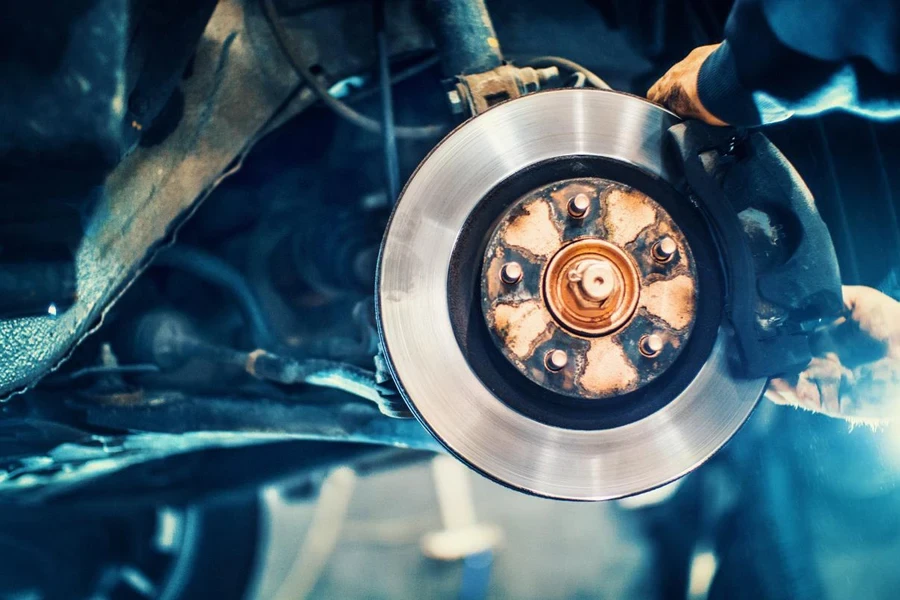
The material of the brake pads plays a big role in performance and cost. Organic pads are quieter and cheaper but wear out quickly. Semi-metallic pads last longer and handle heat better, making them a good choice for heavier buses, though they can be noisier. Ceramic pads are durable and perform consistently but are more expensive. Choosing the right material depends on balancing the bus’s needs with the budget.
Leading bus brake models and their features
Top air brake systems in the market
Air brake systems remain a cornerstone for buses, especially those designed for heavy-duty use. These systems provide consistent stopping power, even under significant weight and high operational demands. Key features of modern air brakes include lightweight components that enhance fuel efficiency and robust designs that ensure durability. Advanced air brake models are also designed to minimize maintenance needs, offering longer service intervals while maintaining reliable performance. Their ability to handle extreme conditions makes them a preferred choice for commercial transportation.
Innovative brake pads for versatile applications
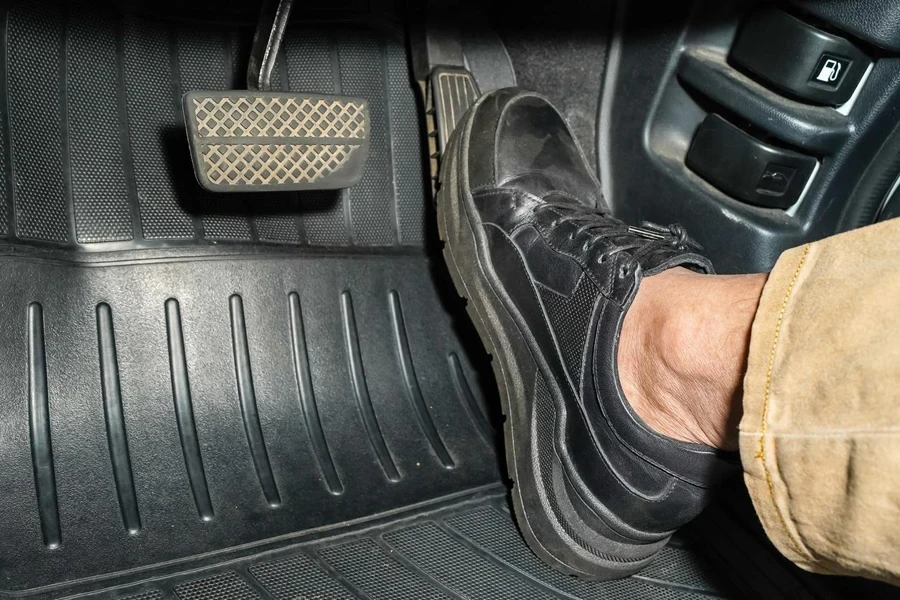
Brake pads tailored for specific conditions are vital for maintaining safety and operational efficiency. Options designed for extreme weather offer enhanced grip and reliability, even in challenging environments. Heavy-duty brake pads emphasize durability and resistance to wear, making them suitable for buses operating on rugged routes or carrying heavier loads. Modern brake pads are also engineered to reduce noise and vibration, improving passenger comfort while extending the lifespan of other braking components. These features make them a practical choice for diverse operational scenarios.
Emerging technologies in smart braking systems
Automation and electronic controls are reshaping bus braking systems. Smart braking technologies now include features like collision avoidance, automatic braking, and energy recovery systems. For instance, active braking systems can detect potential hazards, such as stationary or moving obstacles, and engage the brakes to prevent accidents. Energy recovery systems, often used in electric and hybrid buses, convert kinetic energy from braking into electricity, reducing energy consumption and improving efficiency. These advancements not only enhance safety but also contribute to sustainability by lowering overall operational costs and emissions.
Conclusion
Selecting the right bus brakes is essential to ensure safety, efficiency, and durability in commercial transportation. A thorough evaluation of compatibility with vehicle specifications, regular maintenance practices, and the balance between cost, durability, and performance is crucial for reliable operations. Advancements in air brake systems, innovative brake pad designs, and smart braking technologies offer enhanced safety and efficiency while adapting to market trends and operational needs. By aligning brake choices with specific vehicle demands and staying informed about technological advancements, businesses can optimize performance and meet the evolving challenges of modern transportation.


